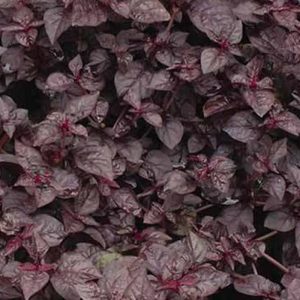Description
Aloes→Aloe Vera (Aloe vera)
| Aloe Vera |
| Sabila |
| Aloe |
| Babosa |
| Barbados Aloe |
| Aloe vera | Accepted |
| Aloe barbadensis | Synonym |
| Plant Habit: | Cactus/Succulent |
| Life cycle: | Perennial |
| Sun Requirements: | Full Sun Full Sun to Partial Shade |
| Water Preferences: | Mesic Dry Mesic Dry |
| Soil pH Preferences: | Moderately acid (5.6 – 6.0) Slightly acid (6.1 – 6.5) Neutral (6.6 – 7.3) Slightly alkaline (7.4 – 7.8) |
| Minimum cold hardiness: | Zone 9a -6.7 °C (20 °F) to -3.9 °C (25 °F) |
| Plant Height: | 2-3 feet |
| Plant Spread: | 2-3 feet |
| Leaves: | Evergreen Other: The gel from a cut leaf can used as a burn ointment |
| Fruit: | Dehiscent |
| Flowers: | Showy Other: Ventricose |
| Flower Color: | Yellow |
| Bloom Size: | 1″-2″ |
| Flower Time: | Spring Summer Winter |
| Inflorescence Height: | 2-3 feet |
| Underground structures: | Rhizome |
| Suitable Locations: | Xeriscapic Houseplant |
| Uses: | Provides winter interest Medicinal Herb Will Naturalize |
| Wildlife Attractant: | Hummingbirds |
| Resistances: | Drought tolerant |
| Propagation: Seeds: | Other info: Incapable of producing viable seed |
| Propagation: Other methods: | Cuttings: Stem Offsets Other: Stems cut below a node root easily. Cut a stem that has gotten leggy, let it dry out for at least a few hours to form a seal on the cut surface. Place the cutting in rooting medium kept moist, but not wet, until roots form. |
| Containers: | Suitable in 3 gallon or larger Needs excellent drainage in pots Preferred depth: Choose a wide planter rather than a very deep one |
| Miscellaneous: | Tolerates poor soil With thorns/spines/prickles/teeth |
| Awards and Recognitions: | RHS AGM |




